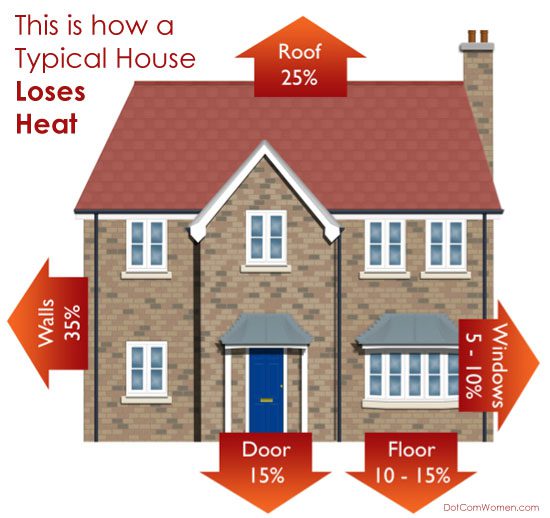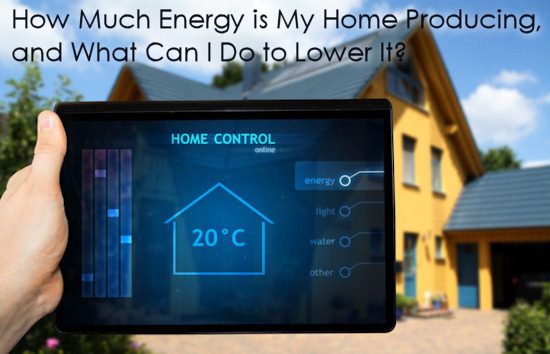Three Components of an Energy Audit
A hefty utility bill can take a chunk out of the family budget every month, particularly if the weather is very cold or exceedingly hot. An energy audit can assist a homeowner in identifying places in a home where money is being wasted due to energy loss. Understanding what is entailed in an energy audit can help you better assess the results, so changes leading to reduced energy consumption can be implemented.

Evaluation or Air Leakage
One of the most important parts of an energy audit is checking for trouble spots where air is leaking out of a home. Even small leaks can result in a significant amount of energy loss over time. An HVAC unit will have to work harder to offset the loss of warm or cool air, resulting in a higher utility bill.
A device called a blower door is used to measure air leakage. It is positioned in the frame of an external door. Air gets sucked out of the home when the blower door fan is turned on, resulting in lower indoor air pressure. Exterior air will be drawn back inside through any gaps or holes in the house due to its elevated air pressure. An airflow manometer and hoses can help to gauge airflow, and the information collected from the door of a calibrated blower assists in the computation of total air leakage. If a home is under construction, the optimal time to do a blower test is following the insulation of the home, but prior to the installation of drywall. Adhering to that order will make it easier to fix any issues that are identified by the test. A blower door test typically takes at least an hour. Test time will vary based on the size and layout of a home.
In order to get the most accurate results, some home preparation is needed for a blower door test. An energy auditor can help you prepare for the test. All windows and exterior doors must be shut, with the exception of the blower door. Doors inside the home should be left open. Heating systems and non-electric water heaters should be disabled so they do not turn on during the test. All fires should be extinguished in fire places and wood stoves, and dampers need to be closed. The clothes dryer and any bathroom or kitchen exhaust fans should be off.
An energy auditor can use an infrared camera, also called a thermal imaging camera, in conjunction with a blower door to further investigate potential air leaks. It is much easier to detect the source of leaks with thermal imaging as many leaks are not visible to the naked eye. An infrared camera can provide more detailed information on the root causes of identified air leaks.
Assessment of Insulation
If a home has inadequate insulation, it makes it much easier for heat to escape in the winter, and cool air-conditioned air to leave in the summer. By measuring the thickness of insulation, an energy auditor can help determine if there is a sufficient amount, and make recommendation if needed. Newer homes are more likely to be properly insulated, but standards can change over time so it is important to periodically re-asses insulation levels. Older homes are at greater risk for not having enough, since there may not have been any insulation requirements when they were built. An energy audit can help homeowners determine if they have adequate insulation.
Examination of Water Usage
Water consumption is another thing an energy auditor can measure. Using excessive amounts of water can also contribute to an increased utility bill. High-efficiency shower heads, toilets and washing machines are all innovations that can assist in water conservation. An energy audit can identify shower heads, toilets and washing machines that are wasting water. An old water heater may also contribute to a higher energy bill. Newer tank-less water heaters tend to use less energy because they are only on when you need hot water. Older models need to always be in use so there is hot water available. An energy auditor may suggest replacing an old water heater. There may be rebates available for installing devices that lower water consumption.
These activities can help determine how energy efficient a home is. An audit is a good first step when developing a sound plan for conserving energy.
About the Author
Feel free to contact Ella Gray at ella.l.gray@gmail.com with any questions that you may have.



